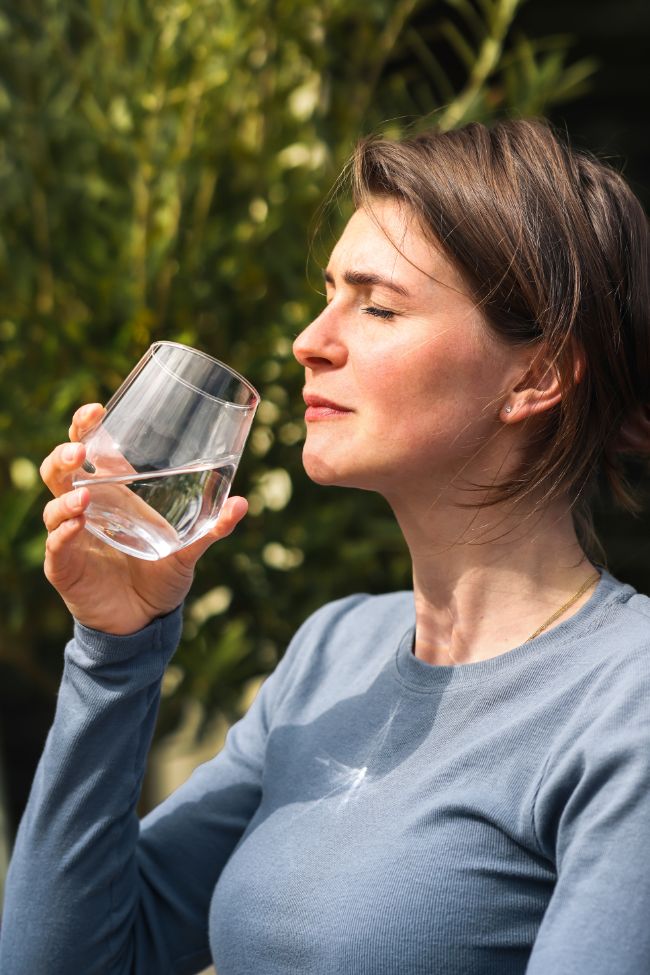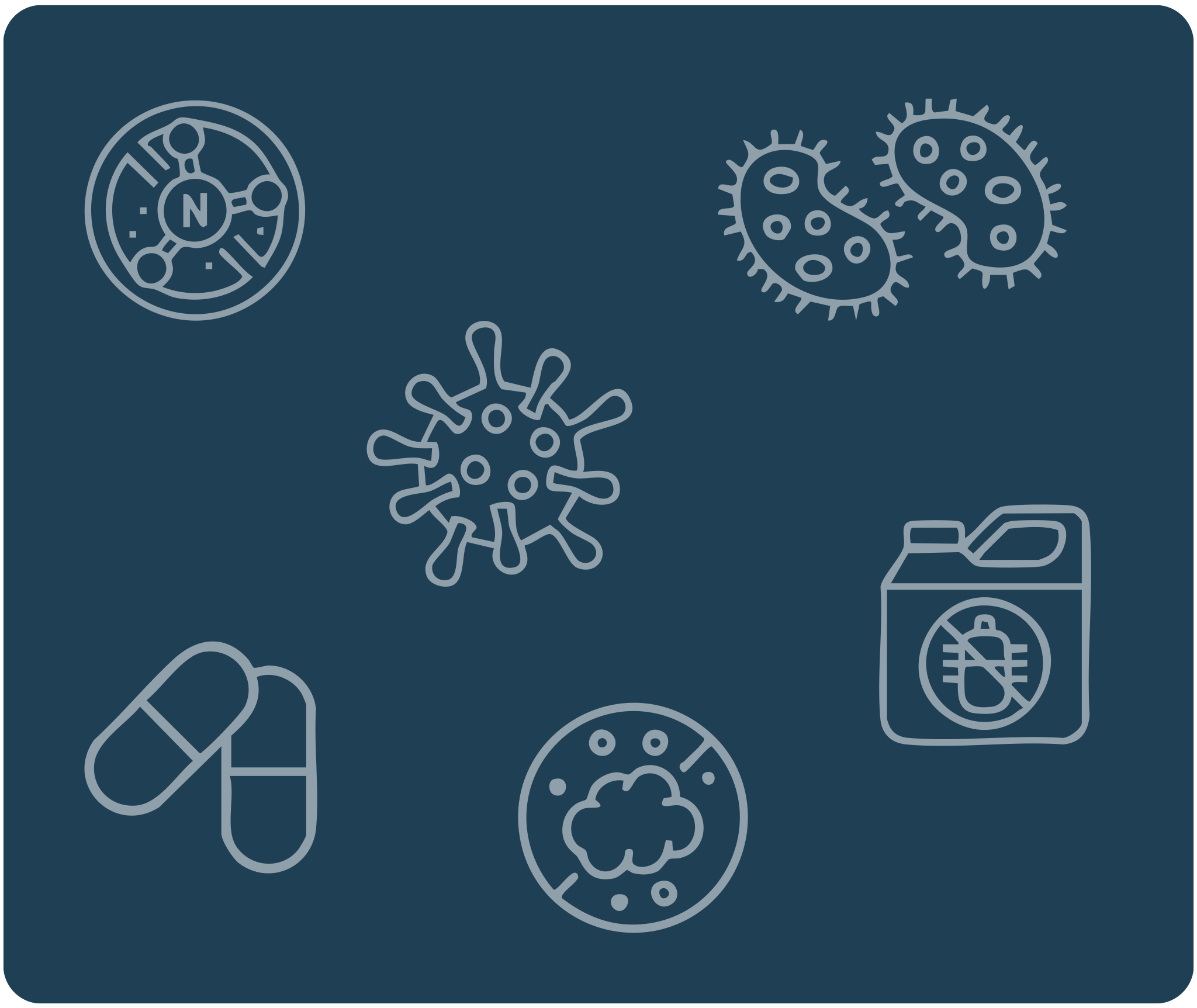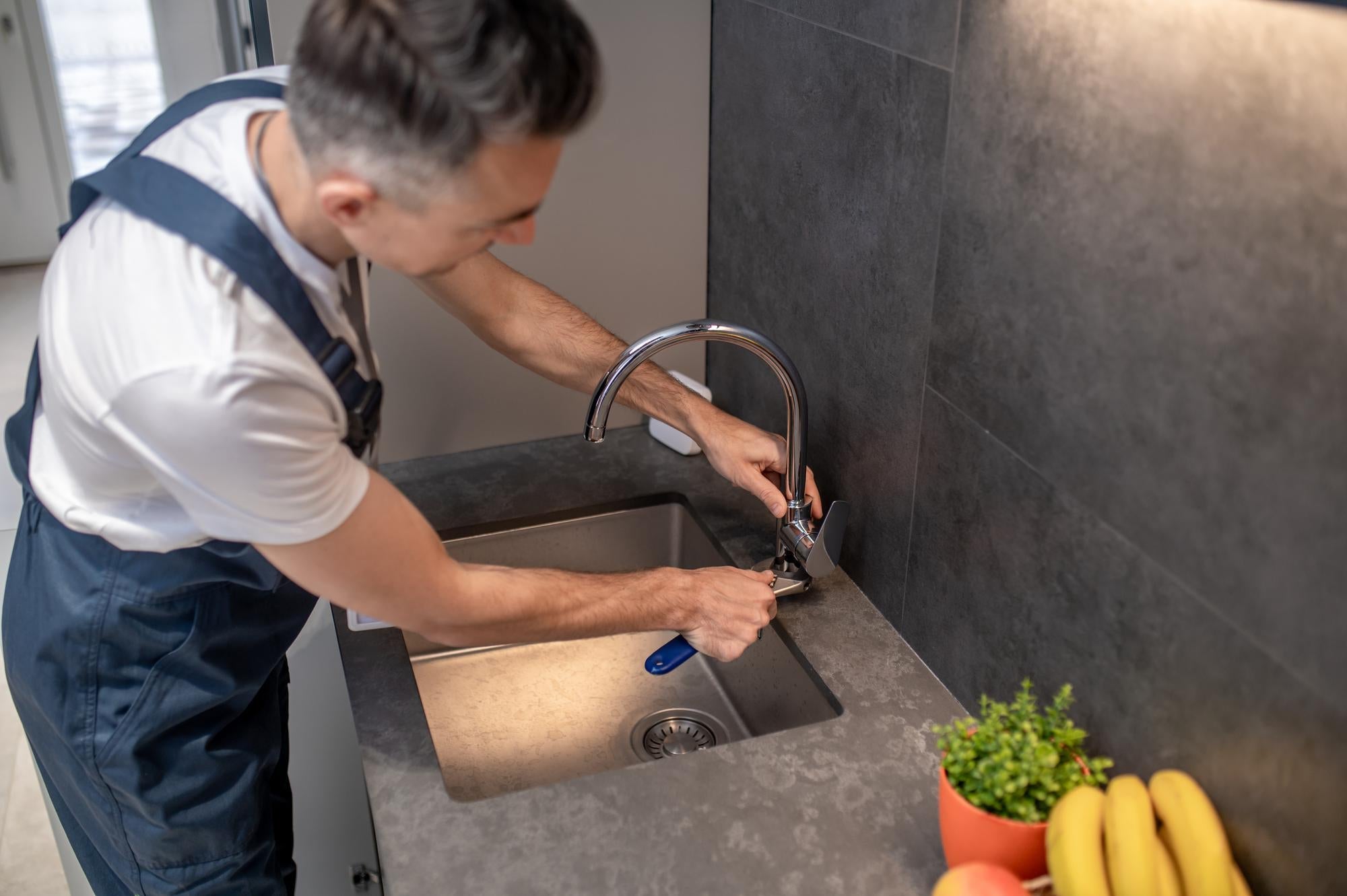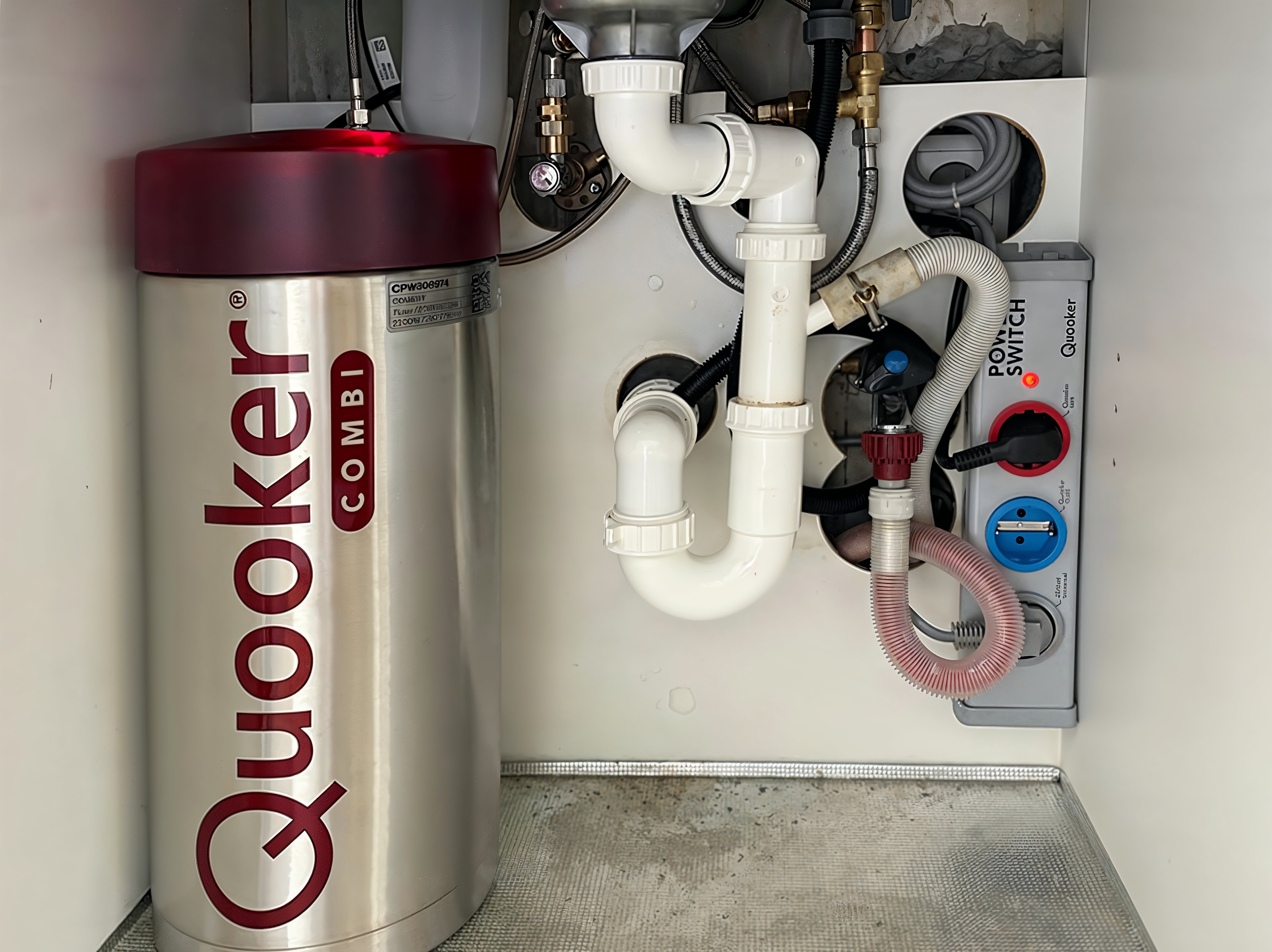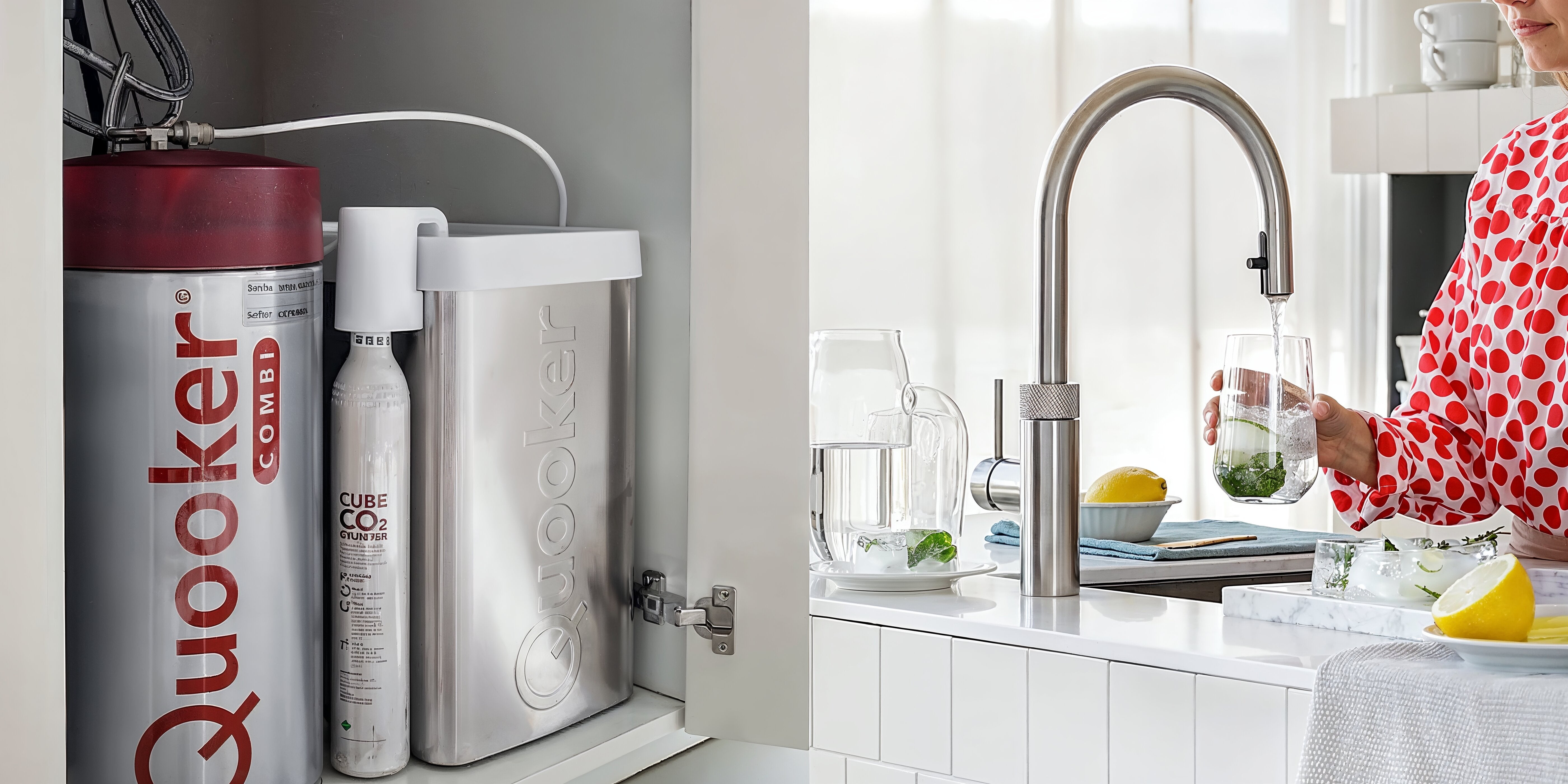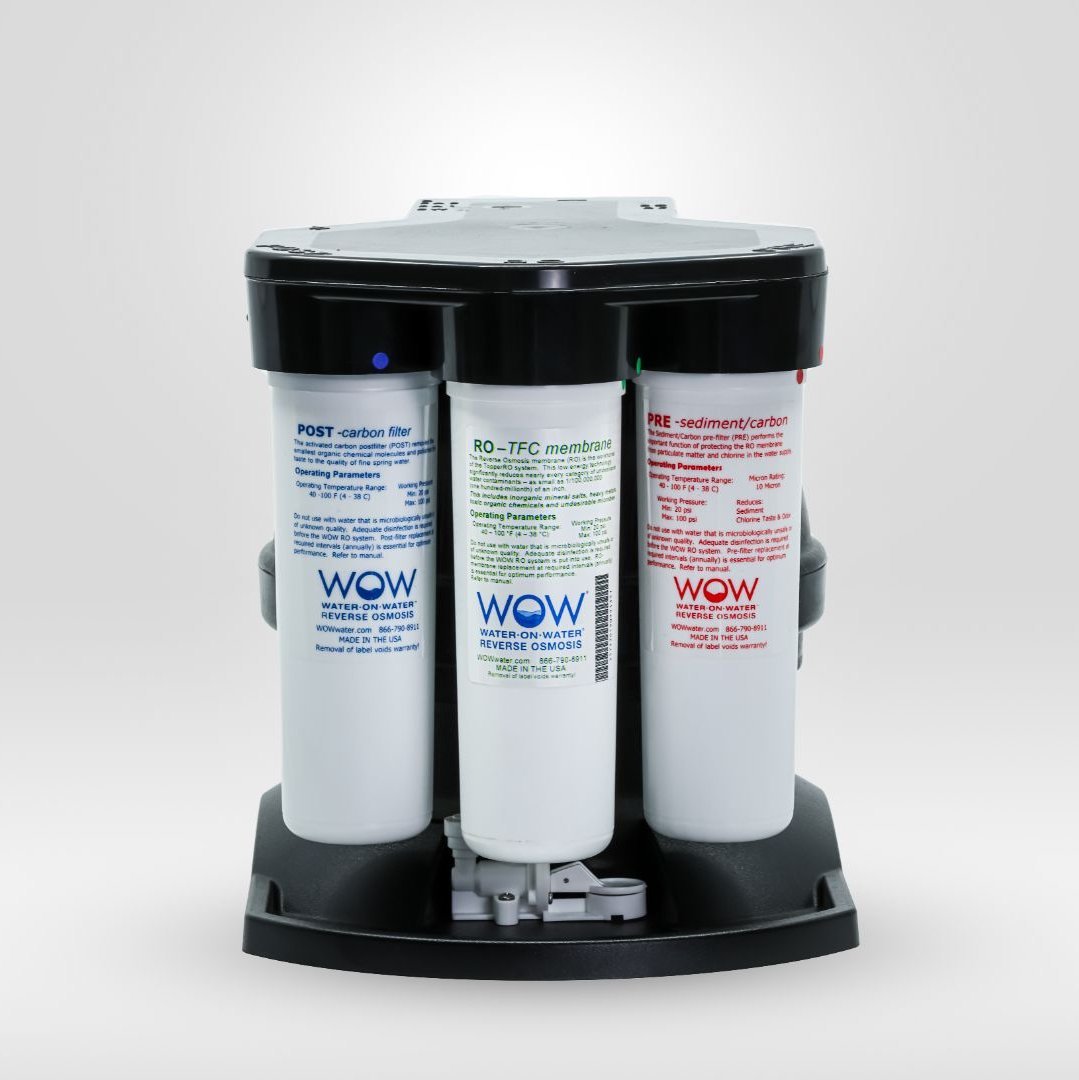Dutch tap water may contain pharmaceutical residues, microplastics, and chemicals that are not completely removed by standard water purification. Despite strict regulations, a growing number of Dutch people are concerned about these invisible contaminants, which can be present in low concentrations. Long-term exposure to these substances can pose health risks, especially for vulnerable groups such as children and pregnant women.
Why are people concerned about the quality of Dutch tap water?
Concern about tap water is growing among the Dutch, despite the Netherlands' reputation for strict water regulations. Recent media reports about PFAS compounds , hormone disruptors, and microplastics in drinking water have fueled these concerns. Water companies cannot completely remove all modern chemical compounds using traditional treatment methods.
A growing number of studies show that pharmaceutical residues such as antibiotics, painkillers, and hormones from birth control pills end up in our drinking water. These substances are excreted by humans and ultimately return to the water cycle via wastewater. Although concentrations are low, much remains unknown about the long-term effects of this cocktail of substances.
Growing awareness of water quality is leading consumers to actively seek ways to further purify their drinking water. Families with young children, in particular, are concerned and are seeking solutions that go beyond standard municipal water treatment.
What invisible substances might be in our drinking water?
Dutch tap water can contain several categories of contaminants that are invisible to the naked eye. Home water filter systems can remove up to 99% of these substances, including:
- Drug residues : antibiotics, painkillers, antidepressants and hormones from contraceptives
- Microplastics : small plastic particles smaller than 5 millimeters that occur everywhere in the environment
- Heavy metals : lead, copper and zinc from old water pipes in houses
- Pesticides : residues of agricultural poisons that enter drinking water sources via groundwater
- PFAS compounds : chemicals used in non-stick coatings and waterproof clothing
- Chlorine byproducts : substances formed when chlorine reacts with organic material
These substances enter our water system in various ways. Pharmaceutical residues are excreted by humans and animals and reach treatment plants via sewage. Microplastics are created by the decomposition of plastic waste and are carried by rainwater. PFAS compounds are particularly persistent because they do not break down in nature and accumulate in the food chain.
| Type of pollution | Source | Possible effects |
|---|---|---|
| Drug residues | Domestic wastewater | Hormone disruption, antibiotic resistance |
| Microplastics | Plastic waste, synthetic clothing | Unknown long-term effects |
| PFAS | Industry, consumer products | Liver and kidney damage, reduced fertility |
| Pesticides | Agriculture | Neurological effects, hormone disruption |
How do these substances affect your long-term health?
The health effects of long-term exposure to low concentrations of contaminants in drinking water are a growing concern for scientists. While individual substances remain below legal limits, there is concern about the cocktail effect , where several substances together can have a greater impact than individually.
Hormone disruptors can affect the endocrine system, potentially leading to fertility problems, developmental disorders in children, and an increased risk of certain types of cancer. These effects are particularly concerning for pregnant women and young children, whose hormonal systems are still developing.
Some substances, such as PFAS and heavy metals, accumulate in the body because they are difficult to break down or eliminate. This bioaccumulation means that even low concentrations can, over time, lead to harmful levels in the body. The precautionary principle suggests that it is wise to minimize exposure, even if the precise risks are not yet fully understood.
Why doesn't water purification remove all harmful substances?
Municipal water treatment plants are primarily designed to remove bacteria, viruses, and gross contaminants. These systems use traditional methods such as sand filtration, settling, and chlorine treatment, which are effective against biological threats but less suitable for modern chemical compounds.
Medicine residues and microplastics are particularly difficult to remove because they:
- Being very small (often at the molecular level)
- Be chemically stable and do not degrade during standard purification
- In such low concentrations they are difficult to detect
- New compounds are those for which existing purification techniques are not designed
Advanced techniques like reverse osmosis can remove these small particles and molecules. This technology forces pressurized water through a semi-permeable membrane that only allows water molecules to pass through. This blocks contaminants down to the molecular level, resulting in much purer water than traditional methods can deliver.
How do you know if your tap water needs extra purification?
There are several signs that could indicate water quality problems in your home. The most noticeable are changes in the taste, odor, or clarity of the water. A metallic, chlorine, or earthy taste can indicate the presence of undesirable substances.
Practical advice for assessing your water quality:
- Visual inspection : Cloudy water or discoloration may indicate sediment or rust
- Limescale deposits : white deposits on taps and appliances indicate hard water
- TDS measurement : A TDS meter measures the total dissolved solids in water
- Professional water testing : have your water tested for specific contaminants
Regional differences in water quality also play a role. Areas with intensive agriculture are more likely to be affected by pesticides and nitrates, while older neighborhoods may have more problems with lead from pipes. If you recognize any of these signs or live in a high-risk area, additional filtration may be beneficial for optimal health and taste.
What can you do at home for safer and healthier drinking water?
There are several solutions available to improve the quality of your drinking water at home. Their effectiveness varies considerably depending on the system. Jug filters and tap filters primarily remove chlorine and improve the taste, but are less effective against pharmaceutical residues and microplastics.
Reverse osmosis systems offer the most complete purification by forcing water under pressure through a special membrane. This technology removes up to 99% of all contaminants, including PFAS, pharmaceutical residues, pesticides, heavy metals, bacteria, and viruses. The result is spring-quality water straight from your tap.
The practical advantages of an advanced filter system are:
- Significantly better taste of water, tea and coffee
- Health benefits through the removal of harmful substances
- Saving on plastic bottles and therefore less environmental impact
- Convenience of always having clean water available
- Longer lifespan of household appliances due to less limescale
When choosing a water filter system, it's important to look for certifications like NSF/ANSI 58, which guarantee that the system actually does what it promises. Modern systems often operate without electricity and produce less wastewater than older models, making them more sustainable.
Investing in home water purification isn't just a choice for your health; it's also good for the environment. Switching to filtered tap water significantly reduces your use of plastic bottles. With the right technology, you bring spring water quality into your home, so you can enjoy pure, safe, and delicious water every day.
